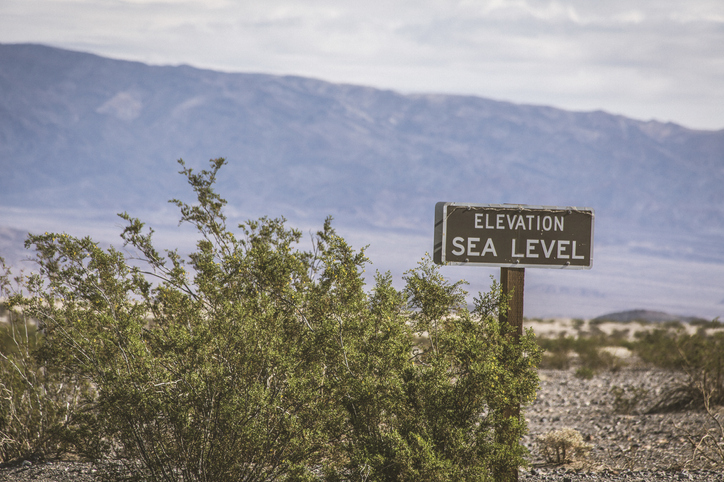A 2022 Interagency Sea Level Rise Technical Report, authored by various governmental agencies, found that global mean sea levels could rise between one and seven feet by 2100. This would me significant impacts to the more than 40 percent of Americans who live near coastal waters. Coastal flooding can have major impacts to infrastructure, such as roads and homes, as well as many other impacts to human health. For example, rising sea levels can also threaten hazardous waste facilities, such as landfills, that are located along the U.S. coastline.
Consequently, on May 18, the U.S. Environmental Protection Agency launched an interactive map of sea level rise around hazardous waste sites along the U.S. coastline to help these facilities and surrounding communities become more resilient to climate change by allowing them to independently assess their sea level rise vulnerabilities. This tool is particularly important in light of the EPA’s recent Biennial Report, which found that in 2019, 1.6 million tons of hazardous waste was managed at facilities that would be affected by five or more feet of sea level rise, which includes waste from over 55 facilities. This tool also references information from the Interagency Sea Level Rise Technical Report regarding various scenarios that will affect sea level rise over time, which depend on several factors, including future greenhouse gases.
Moreover, according to the EPA, this new tool is part of a “whole-of-government” approach to confronting the climate crisis and protected communities. It will further demonstrate “how the climate crisis intersects with and exacerbates significant environmental challenges that disproportionately affect overburdened, under-resourced communities.” In particular, communities with residents that are predominantly of color, indigenous, or lower income are also more likely to live near hazardous waste facilities, leaving them disproportionately vulnerable to toxic leaks and contamination caused by inundation.
To help address these environmental justice concerns, the EPA offers guidance to help facilities and communities develop debris management plans before natural disasters occur. These actions include constructing physical barriers, placing engineering controls, designating containment, monitoring and treatment systems, and subgrade infrastructure to withstand changing conditions from the identified climate threat, and designing landfill or remediation caps that are resilient to the identified threat.

